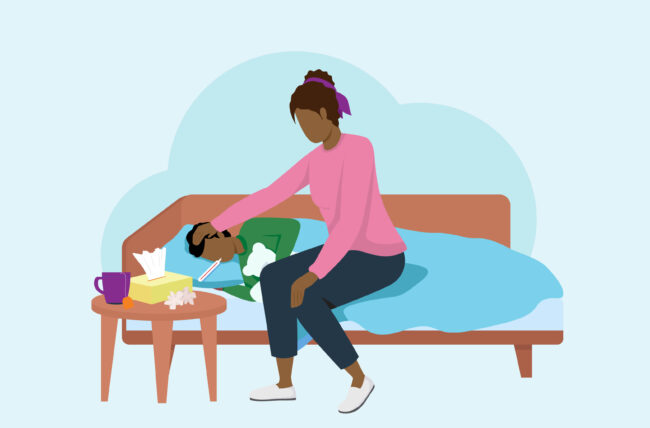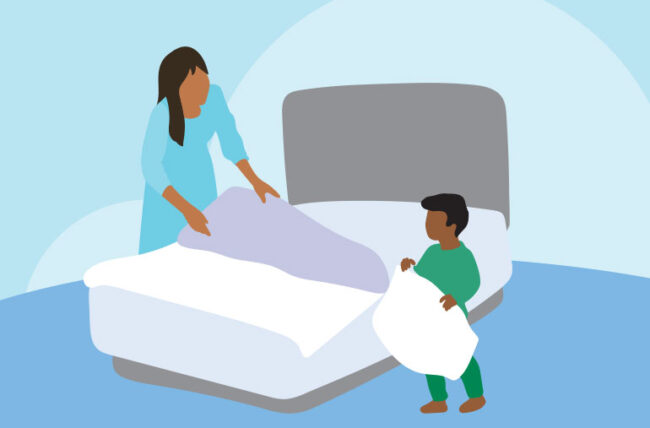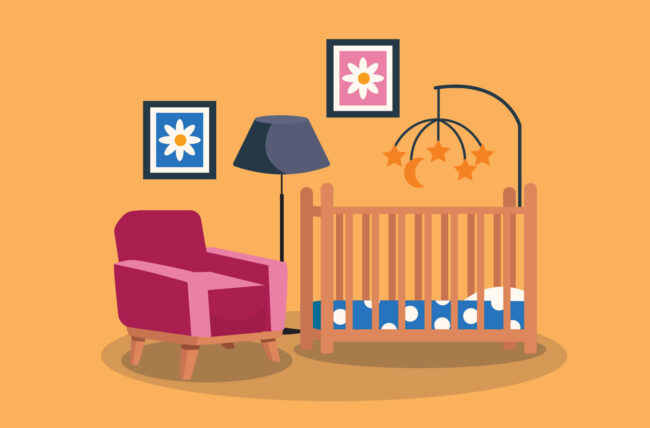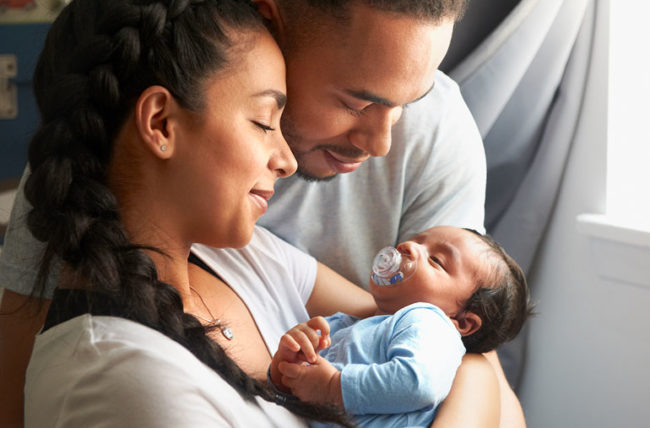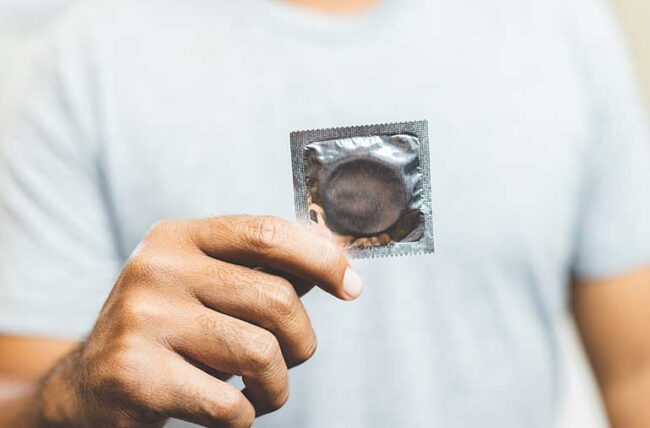A fever is not something you would consider to be a good thing. They can be a bit miserable with body aches, chills, and other symptoms that come along with sickness. Fever is your body’s attempt to fight off illness.
Maureen Ahmann, MD , a pediatrician, says that a fever is an indication of something going on. They stimulate our immune system, helping us fight viral and bacterial infections.
When your child has a mild fever, you may feel inclined to give him or her a fever-reducing medicine. Doctors don’t recommend but instead.
Dr. Ahmann discusses what to look out for, when to take fever-reducing medications and why you shouldn’t rush.
How can a fever be detected?
Standard body temperatures are around 98.6 F (or 37 C), while fever is defined as a temperature above 100.4 F (38 C). You might also hear “low-grade temperature,” which is anything between these two numbers.
There are many types of thermometers available on the market.
- Oral thermometers placed under the tongue.
- Rectal thermometers that fit into the opening of rectum .
- Axillary Thermometers that go beneath the armpit
- Ear thermometers which go into the ear canal.
- Foreheadthermometers measure heat waves that come off the temporal arterial using infrared technology.
Dr. Ahmann says that a rectal temperature is the best way to diagnose fever in children under 3 years old. If you are uncomfortable using a rectal, then use an axillary or forehead thermometer.
Infants shouldn’t use ear thermometers as their ear canals can be too small to provide an accurate reading.
Why you should not give fever-reducing medication right away
Don’t give your child over-the counter medicine when the thermometer indicates that they have a fever.
Dr. Ahmann says that parents sometimes give fever-reducing medication to their children when the temperature of their child is 98.9 or 99. We don’t recommend this.
Why you shouldn’t give your child fever medicine:
Fever can help the body fight off illness
A fever doesn’t always equal a serious illness.
Children are more susceptible to fevers because their immune system is not as developed. When germs are present, children’s bodies react with vigor to protect themselves. This can cause a mild fever.
Dr. Ahmann says that fever can be a powerful tool in fighting an infection.
This can cause them to miss school.
Before they can return to school, daycare or anywhere else public (or even in private), kids must be fever-free for 24 hours. When you give them fever-reducing medicine, it’s hard to tell when they feel better.
Dr. Ahmann says that giving them fever-reducing medications can delay their return. “Once you stop the medication, then you have to wait for a full 24-hour period.”
Other symptoms can be mask by medicine
The medication that reduces fever also helps to relieve the pain of your child’s condition, whether they are suffering from body aches due to flu or a sore neck from tonsillitis.
It may sound like a positive thing. After all, no parent would want their child in pain. It can sometimes cause serious problems.
Dr. Ahmann says that if a child is acting normally but has a high fever, giving him a medication to reduce the fever can mask his worsening symptoms.
You give your child a fever-reducing medication, which lowers their fever and lessens their pain. But because they are on pain meds, they don’t realize (and therefore do not tell you) that the stomach hurts. You give them fever-reducing medicine, which reduces their fever, and also lessens the pain. However, because they are on pain medication, they may not realize that their stomach pain has worsened.
Dr. Ahmann asks: “What if it’s appendicitis that is causing the fever and pain?” In this case, doctors may take longer to diagnose a child’s condition as their pain is masked by the fever-reducing medication.
How to naturally treat fever
The fever of your child may not always be a reason for concern or immediate action. How can you tell the difference? It turns out that there is no simple playbook to follow based on numbers alone.
Dr. Ahmann says that the first rule to follow when your child has a fever, is not to worry about the temperature on the thermometer but rather treat the child.
She explains what to look out for and when you should call a physician:
When your child feels and acts normal…
If your child is not showing any symptoms or seems unbothered by the fever, then you should keep a close eye on them to see if it escalates.
Dr. Ahmann says that a child may have a fever of 102 degrees, but they still look good, are eating and drinking and don’t appear to be in pain.
You don’t have to do something in these cases unless your kid starts feeling sick or complaining of pain.
If they are playing and running around, it’s not a problem, she says, but if they begin to act or look sick, they should be checked again.
When your child is ill or in pain, you should…
What to do if your child has a fever and other symptoms depends on the symptoms — again, their behavior.
Give your doctor a call if they are only complaining about pain, especially if the pain is in a specific area like their abdomen.
If they are sick and have a high fever , it’s time to take a medication that reduces fever.
- Lethargic behavior is a sign of laziness.
- Complaining about pain.
- Refusing fluids.
“We recommend it if you believe that lowering your child’s body temperature will ease their pain or encourage them to drink more fluids,” says Dr. Ahmann. It’s important to react to your child’s appearance, behavior, and feelings, not just the temperature on the thermometer.
Even if your child feels fine, a fever is still a reason to keep them home. Wait 24 hours after their fever has broken before sending them to school. It will ensure that the child is no longer contagious, and that other children and families won’t suffer from the same fate.
Tips to keep your child comfortable when they have a fever
There are a few things you can do to make your child more comfortable as they wait to see if the fever will break . There are also a few things that you should never do. Here’s what’s what:
- Keep them hydrated. It is important to keep your child hydrated, especially when they are sick. Try Pedialyte (r) or another fluid with electrolytes if you cannot get your child drink water. Popsicles and Jell-O (r) are fine if that’s all they can take.
- Turn down the thermostat. When your child is sick, keep it a little cooler than normal, says Dr. Ahmann, to prevent them from burning even more.
- Try a cool cloth.If you child feels too hot, place a damp washcloth under the arms or on the forehead to help them feel better. Dr. Ahmann advises, “Remember that the sole reason for treating fever is to make your child more comfortable. If it makes them feel more uncomfortable, then don’t do it.”
- Don’t pile up the blankets. A fever is often accompanied with its friend, chills. Burying your child beneath blankets will actually stop their temperature from dropping. Dress your child in pajamas or loose-fitting clothing. One blanket will do.
- Do not Give them a cold shower:This is only going to make your child more uncomfortable (and even colder!) It will not treat the fever and may even make it worse. Dr. Ahmann says that the bath does not reset the thermostat in the brain, so when you remove your child from the tub, the fever could be even higher.
- Do not rub rubbing alcohol onto their skin. This folk remedy is a big no-no. Dr. Ahmann warns that “Rubbing Alcohol can be absorbed by the skin. This is dangerous.” Alcohol poisoning can occur, as well as other serious health problems.
When should you take your child to the Doctor?
Most of the time, fevers in children pass without treatment. Call the pediatrician before taking your child to their office. “This allows us the opportunity to guide parents in their decision-making process,” Dr. Ahmann says. “And after office hours nurse call lines are an excellent option.”
After you connect with a healthcare professional, they will ask you questions to find out what is going on. They can also provide you with the guidance and assurance you need.
If your child’s symptoms are mild, you can wait to see what happens. Call your doctor immediately if:
- It is less than 3 months.
- A fever of at least 104 F (40 C).
- You may be in pain or you may not be acting correctly.
- A fever lasting more than a couple of days.
These are all signs of something more serious.
Dr. Ahmann says that if your child’s fever is very high or not improving, you should call your primary doctor for advice. He can tell you whether or not to bring your child to the office. Or he can give you instructions on how to treat it at home.


